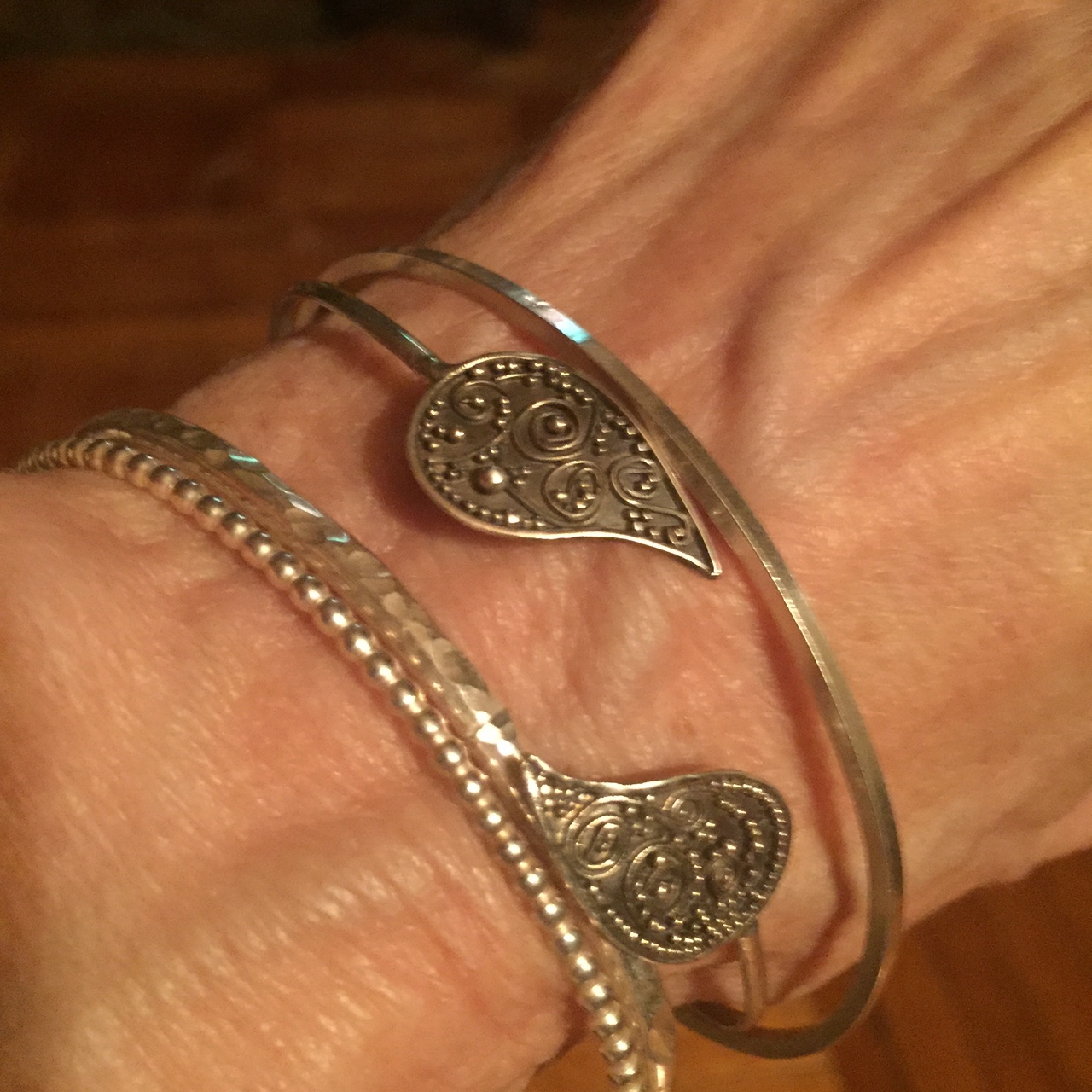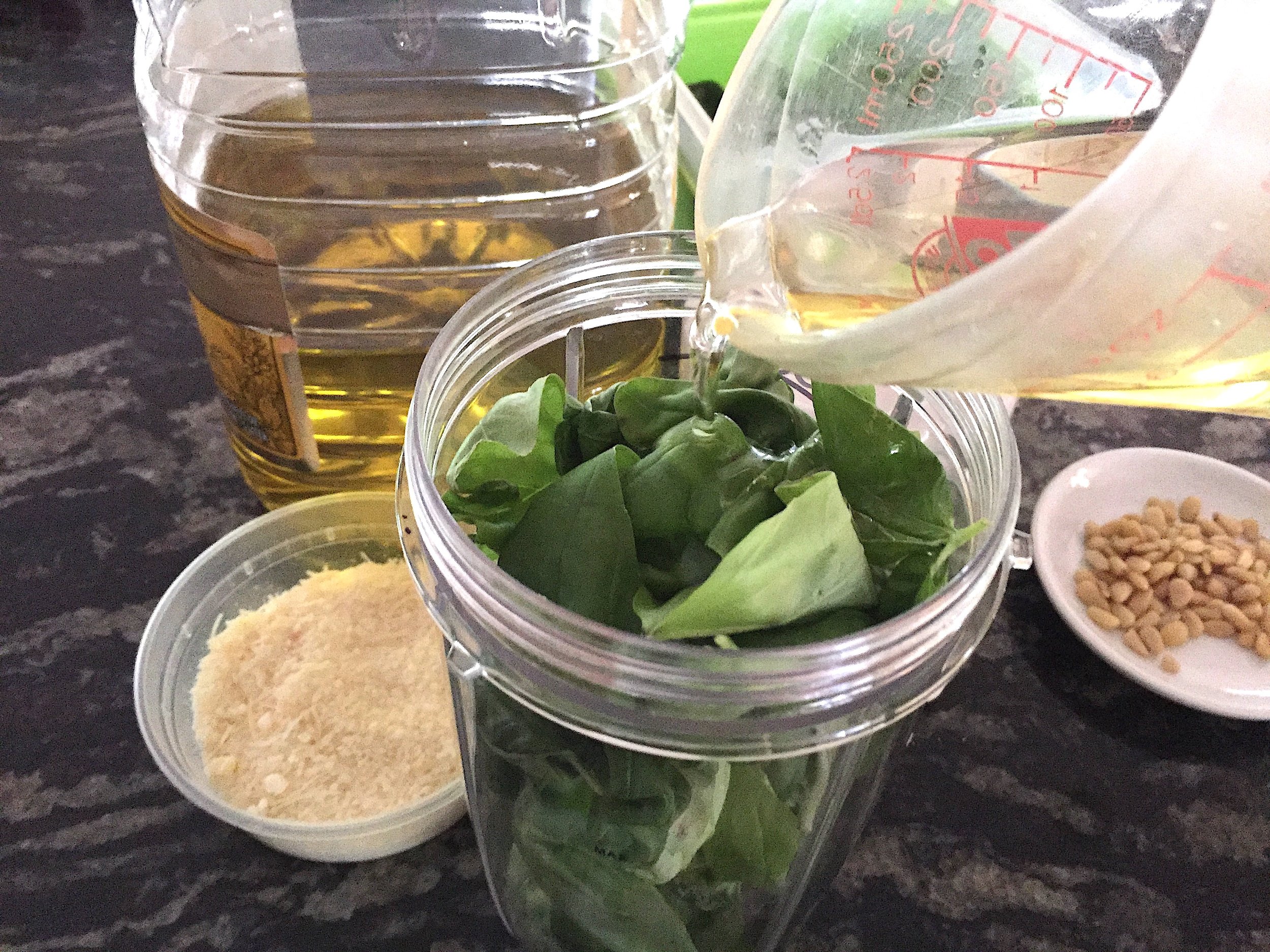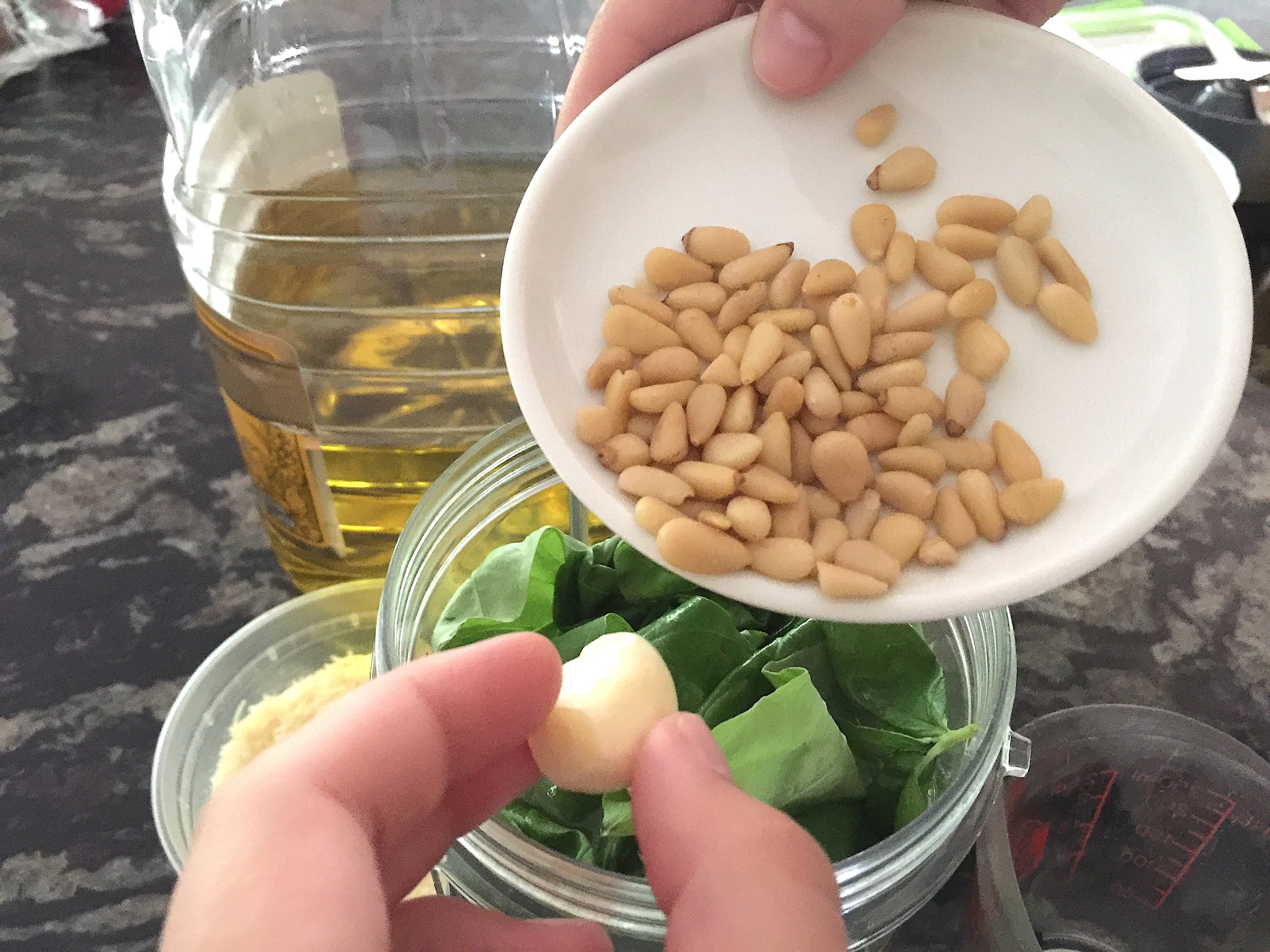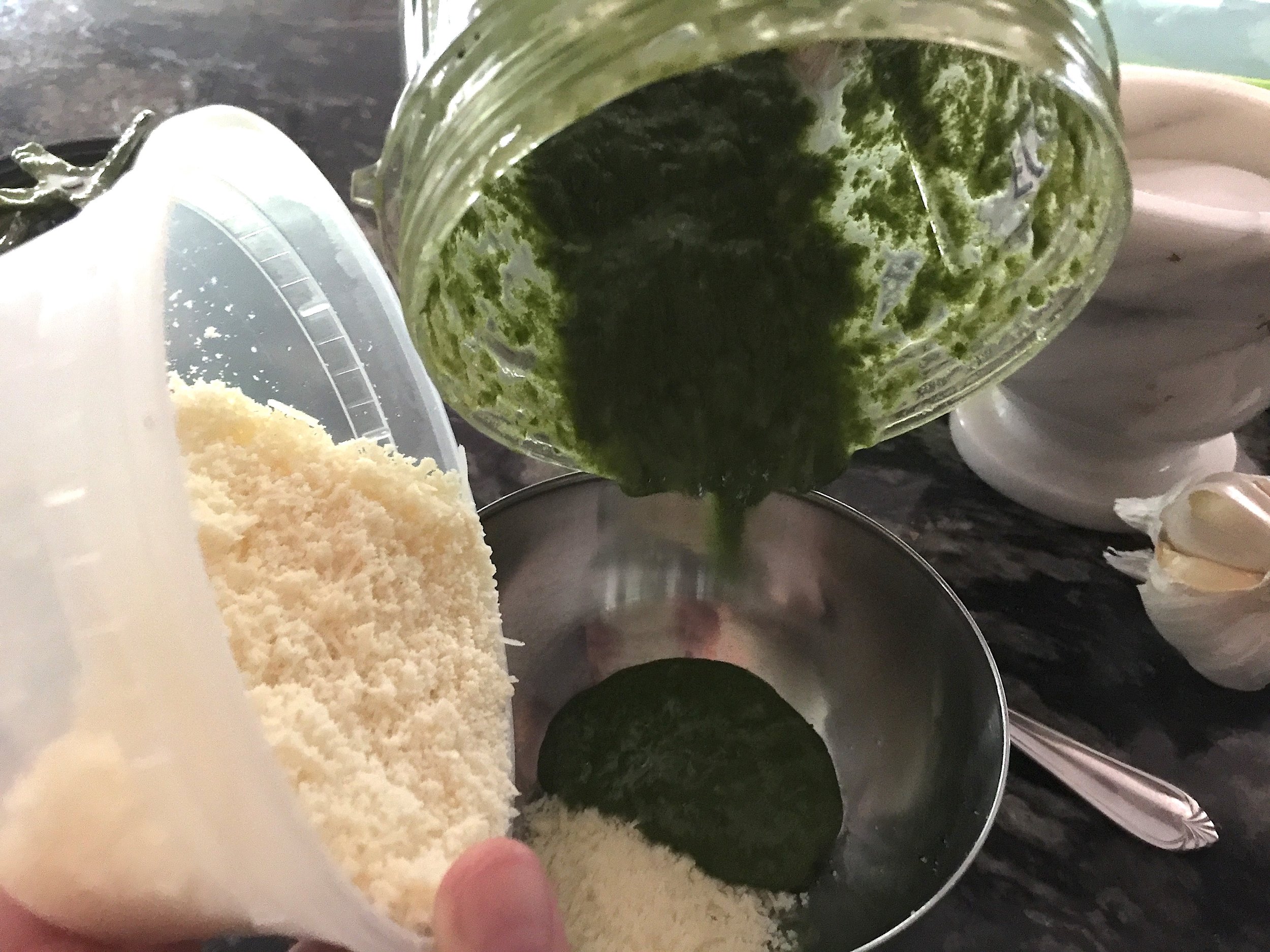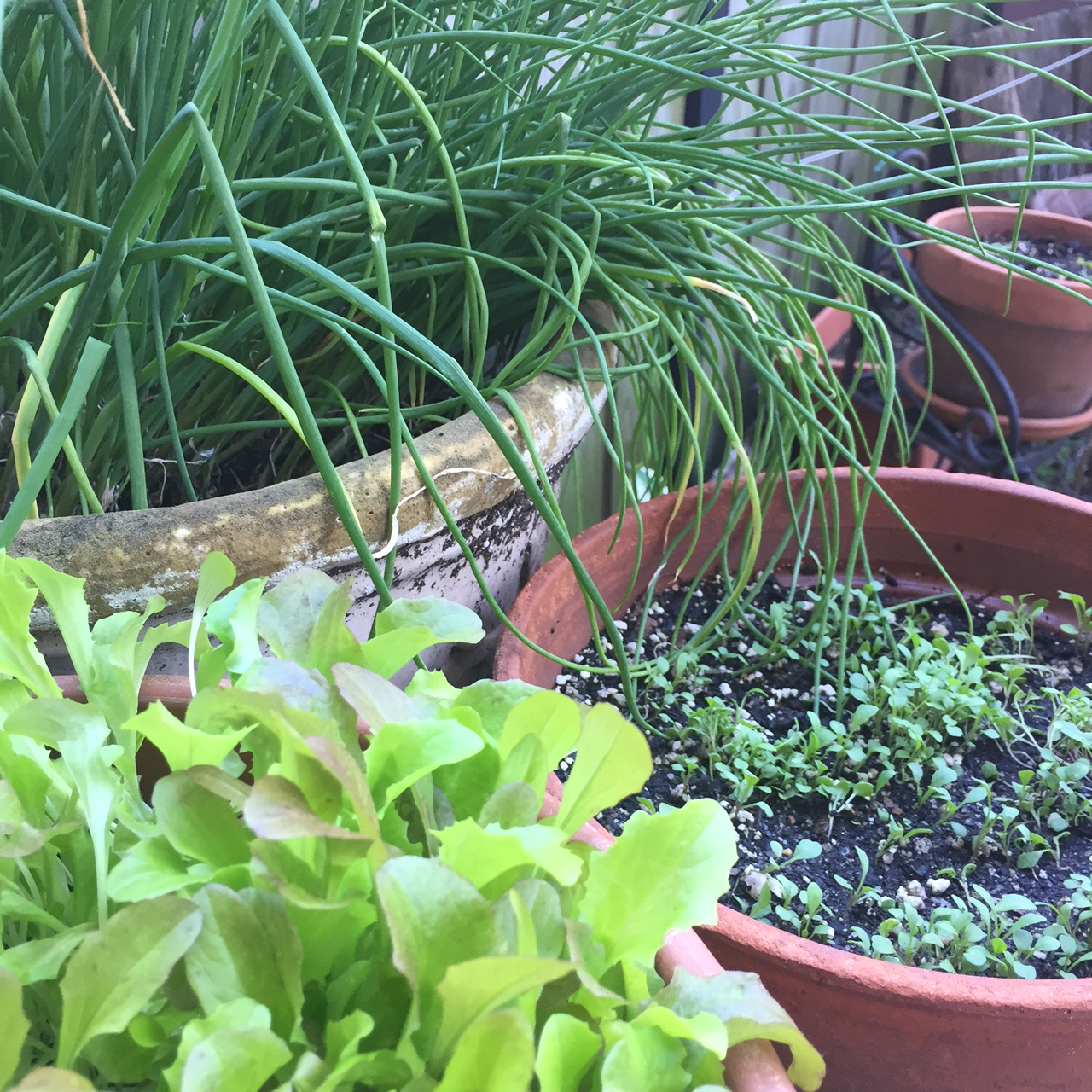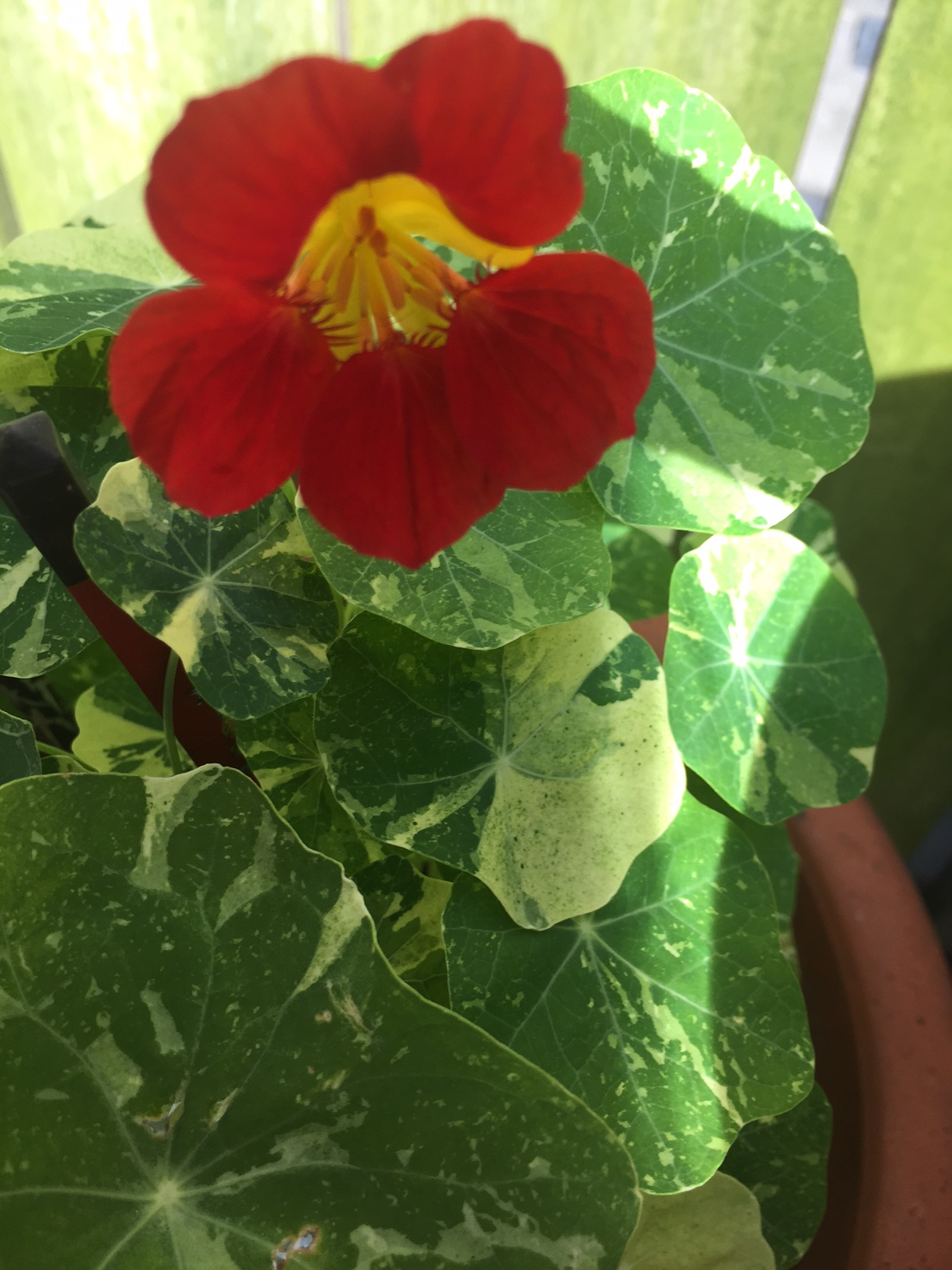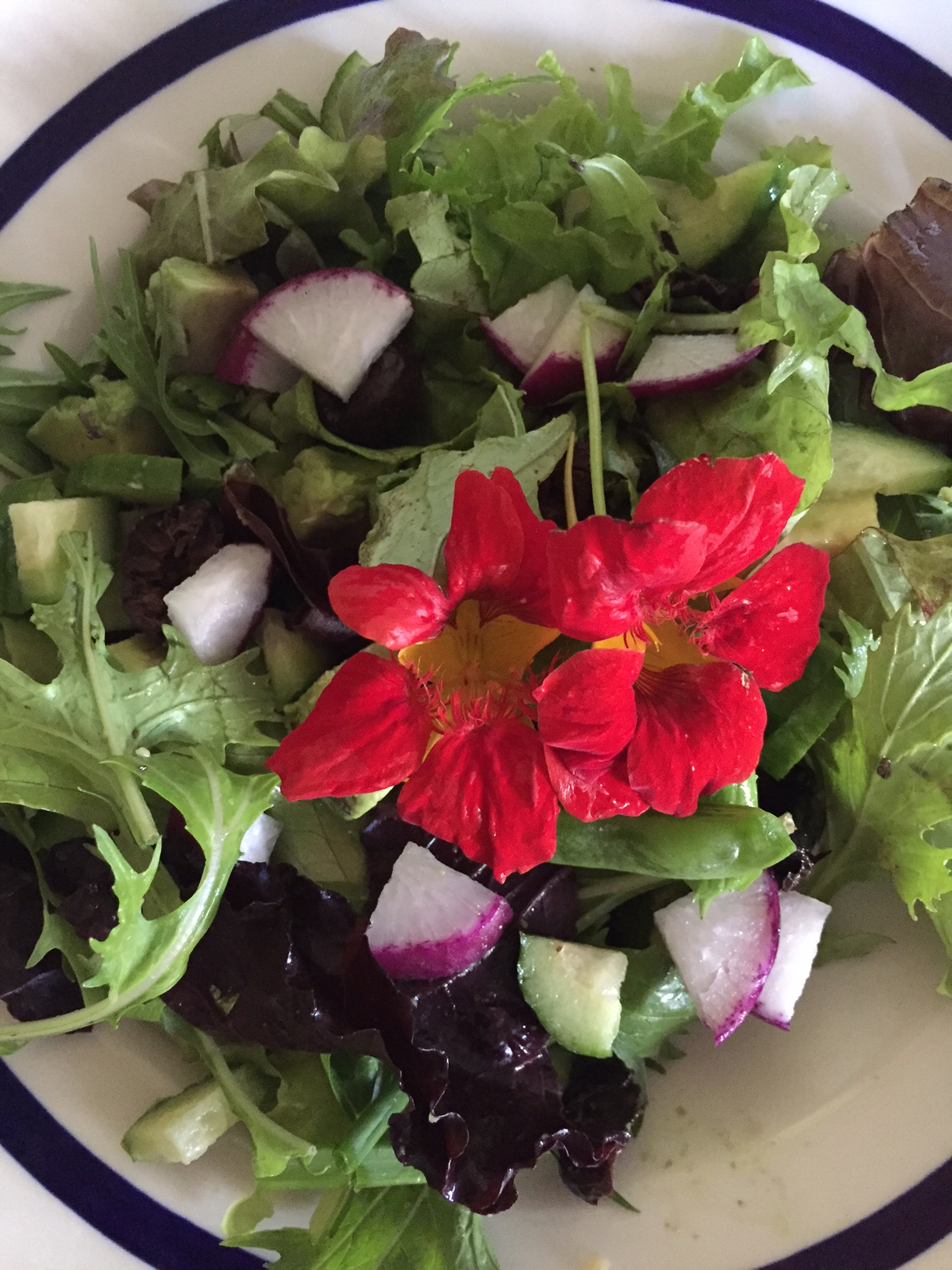Went to Bali and Made a Bracelet
While in beautiful Ubud Bali last month I discovered the Pondok Pekak Library & Learning Center which offers private classes in traditional Balinese art & culture to travelers.
A list of classes can be found on their website http://www.pondokpekaklibrary.com/classes
I decided on the Silver jewelry making class although fruit and vegetable carving sounded fun. The teacher was from a close by town that specialized in jewelry making. After deciding on a bracelet design I went to work.
The tools were handmade and were really comfortable to work with. The torch ran on petrol and was kept going by pumping a bellows.
Demo of using the torch. A real challenge for the uncoordinated (me)
Small beads were added by placing them with a thin wooden stick on top of a layer of glue made from the seed of a local plant..the glue was only good for a day.
Once the paisleys were finished the band was added directly to the edge
After I oxcidized the background I polished it and it was added to my collection of bangles






